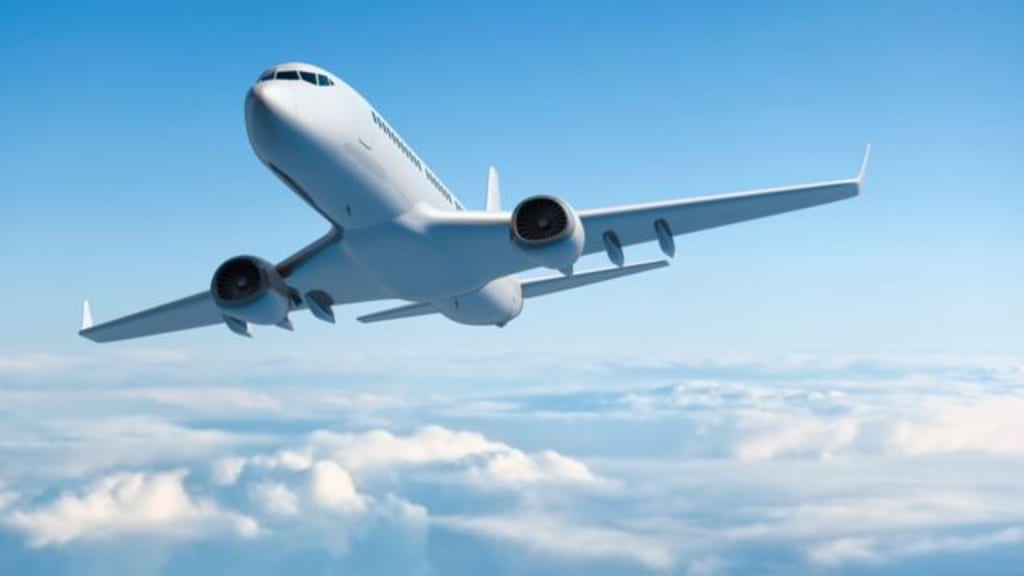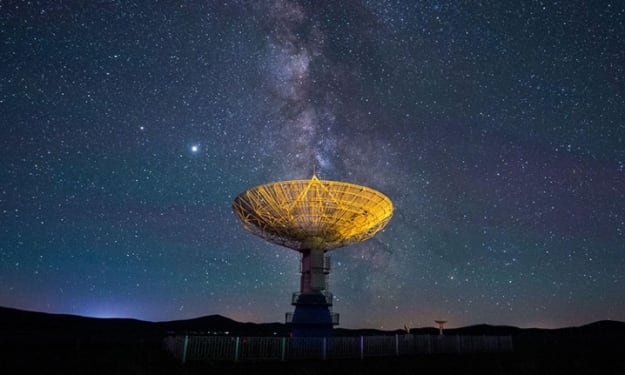Flight Turbulence Increasing as the Planet Heats Up: A Comprehensive Study
Flight study

Introduction
Flight turbulence has long been a concern for both passengers and airlines, but recent research suggests that it is becoming increasingly severe due to global warming. The Earth's rising temperatures, attributed to human activities and greenhouse gas emissions, are impacting atmospheric conditions and leading to changes in weather patterns. In this study, we delve into the phenomenon of flight turbulence and its correlation with the planet's heating.
1. Understanding Flight Turbulence Flight turbulence refers to the unpredictable movement of air that causes aircraft to experience shaking or jolts during a flight. It occurs due to variations in wind speed and direction, air pressure, and temperature in the atmosphere. While turbulence is a natural occurrence, recent studies indicate that it has intensified in many regions across the globe.
2. The Link to Global Warming Scientists have discovered a link between global warming and increased flight turbulence. As the Earth's temperature rises, the atmosphere undergoes changes that affect air currents and disrupt stable atmospheric conditions. Warmer temperatures result in the expansion of the troposphere, the lowest layer of the atmosphere, where most weather phenomena, including turbulence, occur. This expansion leads to stronger vertical wind shears, which can trigger more significant turbulence events.
3. Research Findings Studies utilizing climate models and data from commercial flights have provided compelling evidence of the connection between global warming and flight turbulence. Researchers have identified several key findings: a) Increased Clear-Air Turbulence: Clear-air turbulence (CAT) occurs in the absence of visible cloud formations and is often the most challenging type of turbulence to predict and avoid. Recent studies suggest that CAT has become more frequent and severe in certain regions due to climate change. The amplified temperature contrasts associated with global warming enhance the vertical wind shear, contributing to heightened CAT occurrence. b.Stronger Jet Stream Winds: Jet streams are fast-flowing air currents high in the atmosphere that play a crucial role in shaping weather patterns. Climate change is causing the jet streams to strengthen, resulting in faster winds at cruising altitudes. These intensified winds can create pockets of severe turbulence, particularly in the vicinity of the jet stream core. c.Altered Weather Patterns: Global warming influences atmospheric circulation patterns, which can impact the occurrence and intensity of turbulence. Changes in the polar vortex, for example, can lead to the disruption of the stratospheric polar jet stream, influencing conditions in the troposphere below and potentially enhancing turbulence formation.
4. Implications for Aviation The implications of increasing flight turbulence are significant for aviation. Safety concerns arise as severe turbulence events can endanger passengers, crew, and the aircraft itself. Airlines may need to reconsider flight routes and altitudes to minimize the exposure to turbulent regions. Additionally, increased turbulence could lead to more flight diversions, delays, and increased fuel consumption, affecting both economic and environmental aspects of air travel.
5. Mitigation and Future Directions To address the challenges posed by intensifying flight turbulence, collaboration between meteorologists, aviation experts, and climate scientists is essential. Developing improved turbulence prediction models and enhancing real-time monitoring systems can help pilots and air traffic controllers make informed decisions, allowing for safer and more efficient flights.
Furthermore, tackling the root cause of the issue requires concerted efforts to mitigate climate change. Reducing greenhouse gas emissions and transitioning to cleaner energy sources are crucial steps toward stabilizing the climate and potentially mitigating the adverse impacts on flight turbulence.
Conclusion
The relationship between global warming and increasing flight turbulence is a growing concern, requiring attention from various stakeholders. Scientific research has shed light on the connection between rising temperatures and the intensification of turbulence, particularly clear-air turbulence and the strengthening of jet
About the Creator
Enjoyed the story? Support the Creator.
Subscribe for free to receive all their stories in your feed. You could also pledge your support or give them a one-off tip, letting them know you appreciate their work.





Comments
There are no comments for this story
Be the first to respond and start the conversation.